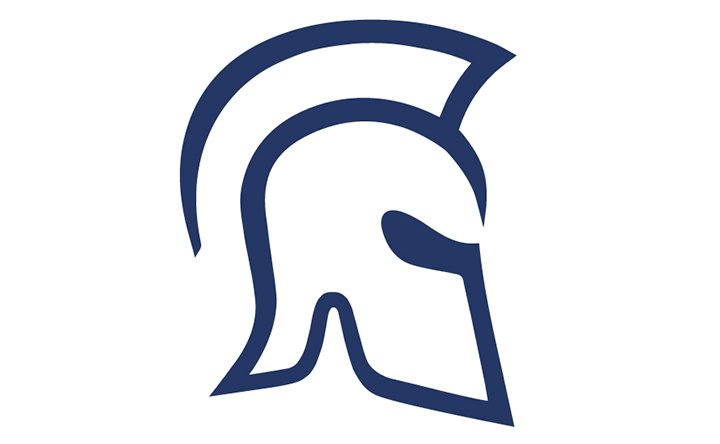GOL completes maintenance centre expansion
GOL has announced the completion of the expansion to its aircraft maintenance centre in Confins (Minas Gerais), where the company performs a full range of maintenance on its entire GOL and VARIG combined fleet.
The expansion, which began in 2008, has added a hangar, offices, storage areas, support areas and an expanded ramp area to the existing maintenance facility.
"The first construction phase of our maintenance centre began in 2005, when the facility was able to service 60 aircraft. With the end of the second phase, we are now able to service up to 120 aircraft a year," explained Captain Fernando Rockert de Magalhães, GOL's technical vice-president. "Today the centre is a pinnacle of technological excellence, the largest and most advanced in Latin America," he claimed.
GOL invested R$65 million in the expansion, which added 28,100 sq m to the existing 17,500 sq m facility, raising the total area to 45,600 sq m. The ramp, which originally measured 27,000 sq m, was also expanded and now covers 47,000 sq m, while the usable area within the hangars is now 107,220 sq m.
"We are seeking certification by the US Federal Aviation Administration (FAA),” declared Constantino de Oliveira Junior, GOL's CEO, "With this certification, we will be able to serve international airlines, which will generate significant additional revenue for GOL."
GOL's maintenance centre meets all the required conditions for environmental licensing and is in accordance with all current legislation, thanks to a team made up of chemical engineers, sanitation experts and chemists, among others. All liquid chemical and oil waste generated by aircraft maintenance or painting is sent to specialised treatment facilities.
GOL also has an advanced chemical effluent treatment centre that receives all water from the washing of aircraft, parts, floors, maintenance hand basins and the medical centre. After being treated, the water is reused inside the maintenance centre to wash floors, equipment and non-metallic materials. Effluents are subjected to constant physical and chemical analysis, in order to improve treatment and aid environmental groups in their monitoring of the facility.






















